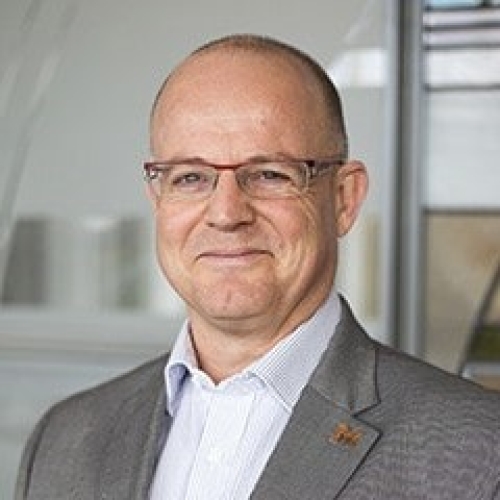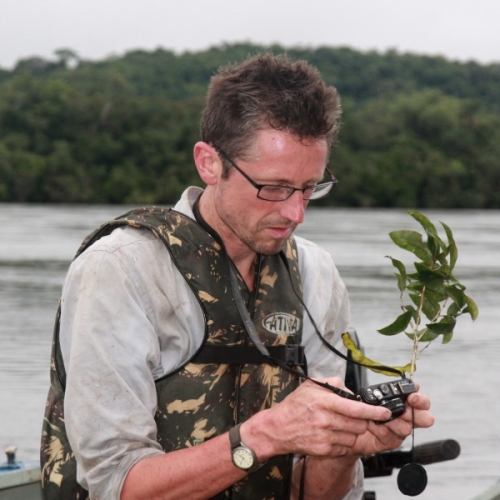Discover our expert stories
Numerous experts from our community share their insights on how to accelerate the achievement of the 2030 Agenda and its aspirational goals. Explore their innovative ideas, technological solutions and visionary perspectives that drive progress towards a sustainable future.
Visit also the online exhibition “Habitat: Embracing change in the post-2030 future”, which showcases the sustainability work of 17 multidisciplinary experts from 12 countries. This exhibition features regional stories with global insights on achieving the SDGs by 2030 and offers recommendations for a resilient future beyond.
Image

Paulo Gadelha
Former President
Fiocruz Strategy for 2030 Agenda
Image

Paulo Gadelha
Former President
Fiocruz Strategy for 2030 Agenda
Image

Ronaldo Brilhante
Adjunct Professor
Federal Fluminense University, Brazil
Image

Kjell-Åke
Former Director
Ájtte Mountain and Sami Museum, Sweden
Image

Debbie Whelan
Associate Professor
University of Lincoln
Image

Barbara J. Anello-Adnani
Fellow
Angkor Training Center and APSARA National Authority
Image

Natalia J. Silva
PhD Researcher
Department of Architecture, University of Chile
Image

Michiharu Nakamura Agency
Former President
Japan Science and Technology Agency
Image

Paulo Gadelha
Former President
Fiocruz Strategy for 2030 Agenda
Image

Gro Harlem Brundtland
former Prime Minister
Norway

























